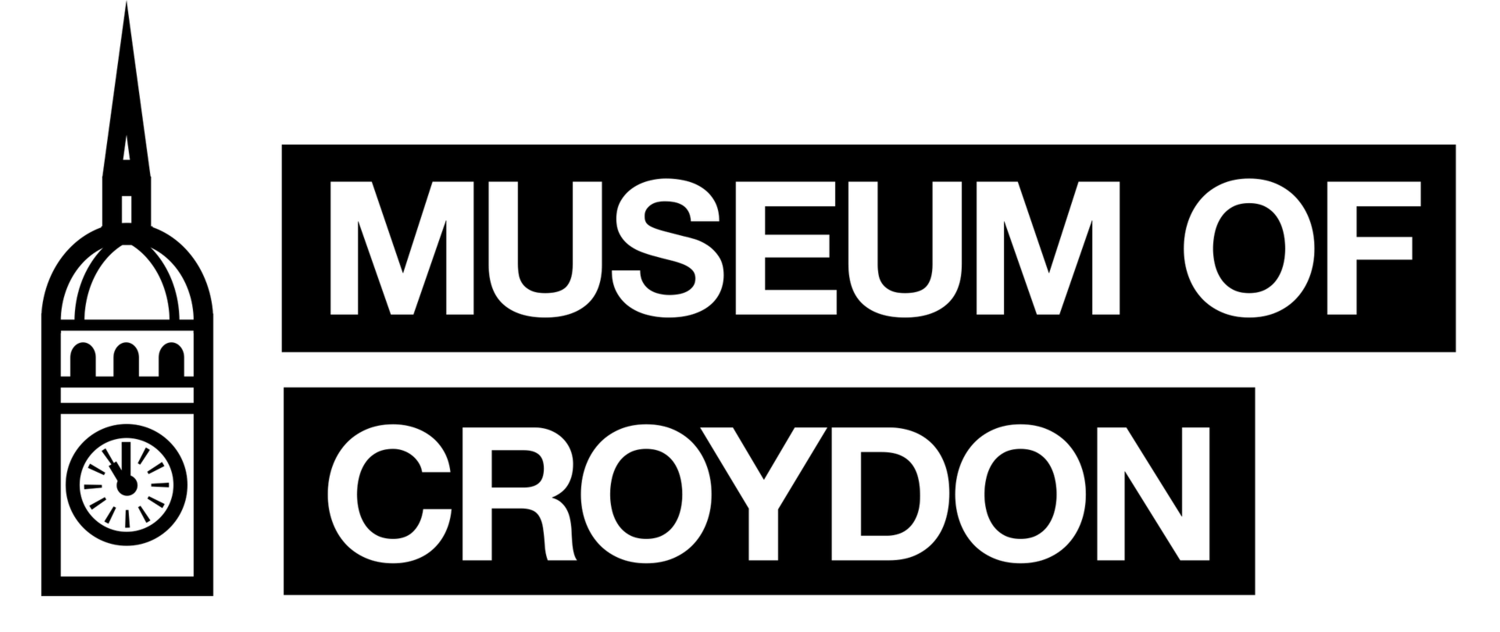19th Century Apothecary
Inspired by the acquisition of these new items, Collections Volunteer, Katherine shares her research on the history of apothecaries and uses of these kits. Read below for part one of three blogs centred on 19th Century Apothecary…
Apothecary Weight Kit in the museum’s collection.
Object Ref: E0026 ©Museumofcroydon
This apothecary weight kit would have been used to measure out ingredients for mixing herbs, oils and medicine. This would be done with the help of a balance beam scale; a weight token from the kit would be placed on one side of the scale while the ingredients would be measured out on the other side until it matched the token’s weight. These weights were primarily used for commercial purposes rather than by patients in their own homes. This kit dates from 1890 and was produced by the company De Grave, Short, Fanner & Co. as indicated by the inscribed gold plate on the lid.
English Apothecaries' scales and weights by John Snart
Science Museum Group Collection
© The Board of Trustees of the Science Museum
This kit contains 13 golden metal weights, the heaviest of which weighs 10oz decorated with small symbols of crowns with ‘V.R.’ or ‘E.R’ written below them. The box is lined with black velvet and contains tweezers and seven small metal weights which have been formed into different geometric shapes. Apothecary weights such as these often-included inscriptions and symbols, as can be seen in this kit. However, deep inscriptions could gather dust affecting the accuracy of the weight, therefore shallow inscriptions were encouraged to prevent this.
Apothecary Weight Kit in the museum’s collection.
Object Ref: E0026 ©Museumofcroydon
The History of Apothecaries
The term apothecaries can refer to both an occupation and the shop those who practiced this occupation worked with ‘Apothecary’ with an upper case ‘A’ typically referring to the shop while ‘apothecary’ with a lower case ‘a’ refers to the occupation. Apothecaries have existed since the Middle Ages but were originally part of the grocery business until 1617 when the Society for Apothecaries was founded and broke away from the Grocers’ Company. This gave apothecaries significantly more freedom and the ability to sell the medicine they wanted, although this has been linked to the emergence of quack medicine. Apothecaries were publicly recognised by King James I which resulted in them gaining huge popularity and status.
An apothecary grinding a mixture with his pestle and mortar, amidst a working town, Woodcut, Brant, 1458-1521 (source: Wellcome Collection)
Those who worked as apothecaries played a similar role to pharmacists in society and were highly respected, holding a high status in many European countries, particularly throughout the 17th- and 18th- centuries. The role of an apothecary was primarily associated with making and prescribing medicine, but they could also perform surgery, heal ailments, train apprentices, and serve as midwives. Their practices were often associated with supernatural and superstitious beliefs, and they traditionally used the theory of the four humours. This theory stated that the four humours of blood, phlegm, black bile and yellow bile were present in the body and illness and disease were caused by an imbalance of one of them, this view was influential in medieval medicine and influence many apothecaries’ approach to disease and treatment. Some apothecaries attended medical school, but most learned their trade through apprenticeships.
The interior of a seventeenth-century apothecary’s shop recreated for the German National Museum in Nunberg, Photograph, 1910 (source: Wellcome Collection)
A physician or apothecary examining a flash at a casement (source: Wellcome Collection)
By the 19th century apothecaries had fallen out of fashion in comparison with previous decades. This trend continued and by the early 20th-century apothecaries had become much less common with the role they had previously played in communities becoming replaced with modern pharmacies. However, the modern pharmacies can in many ways be considered a progression of the apothecary practice as it developed to adopt modern scientific views and practices, excluding the medieval medical practices and superstitious beliefs apothecaries had traditionally been associated with. An example of this can be seen through the selling of household items such as soaps, candles and tobacco alongside medicine which was a practice of traditional apothecaries seen in modern pharmacies today.
- Katherine Dewar, Collections Volunteer
COMING SOON! Part two of three blogs inspired by 19th Century Apothecary…








